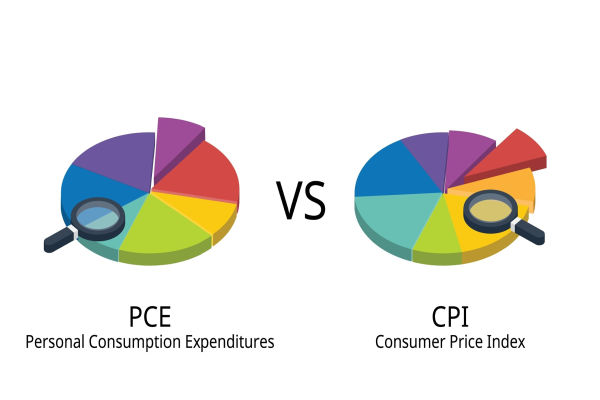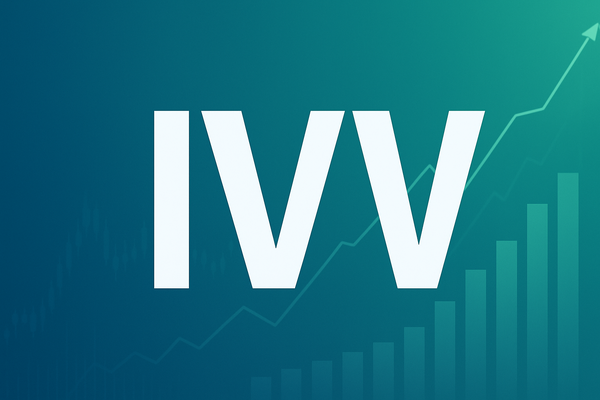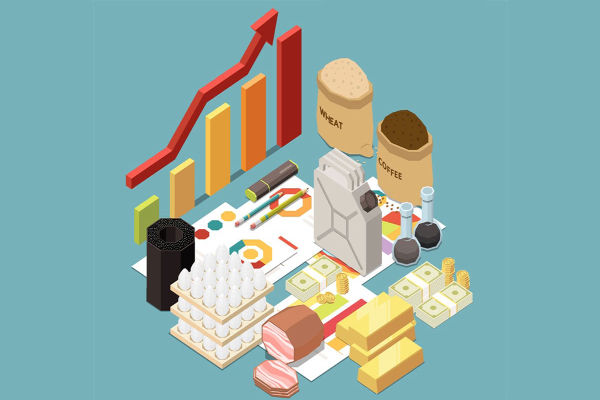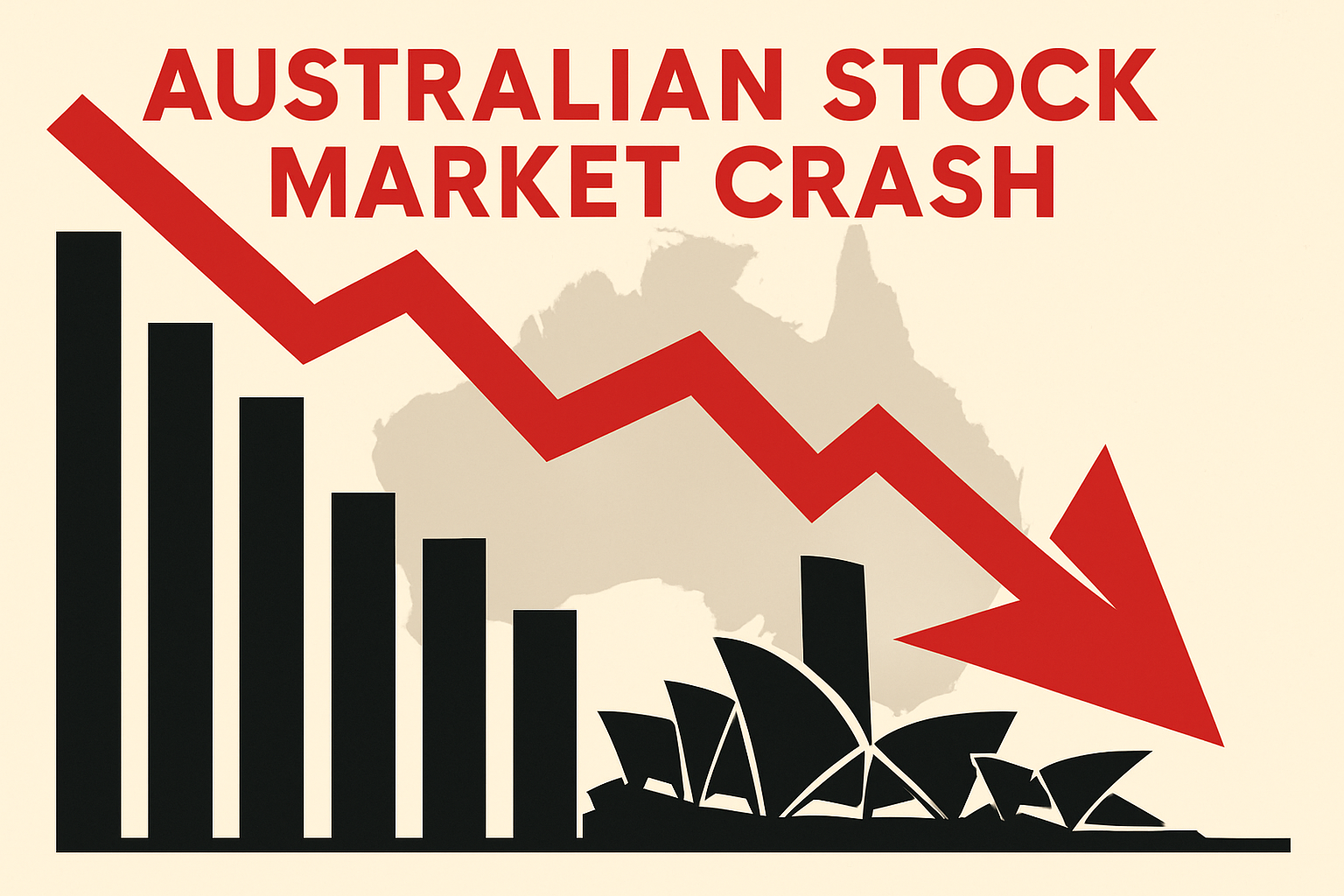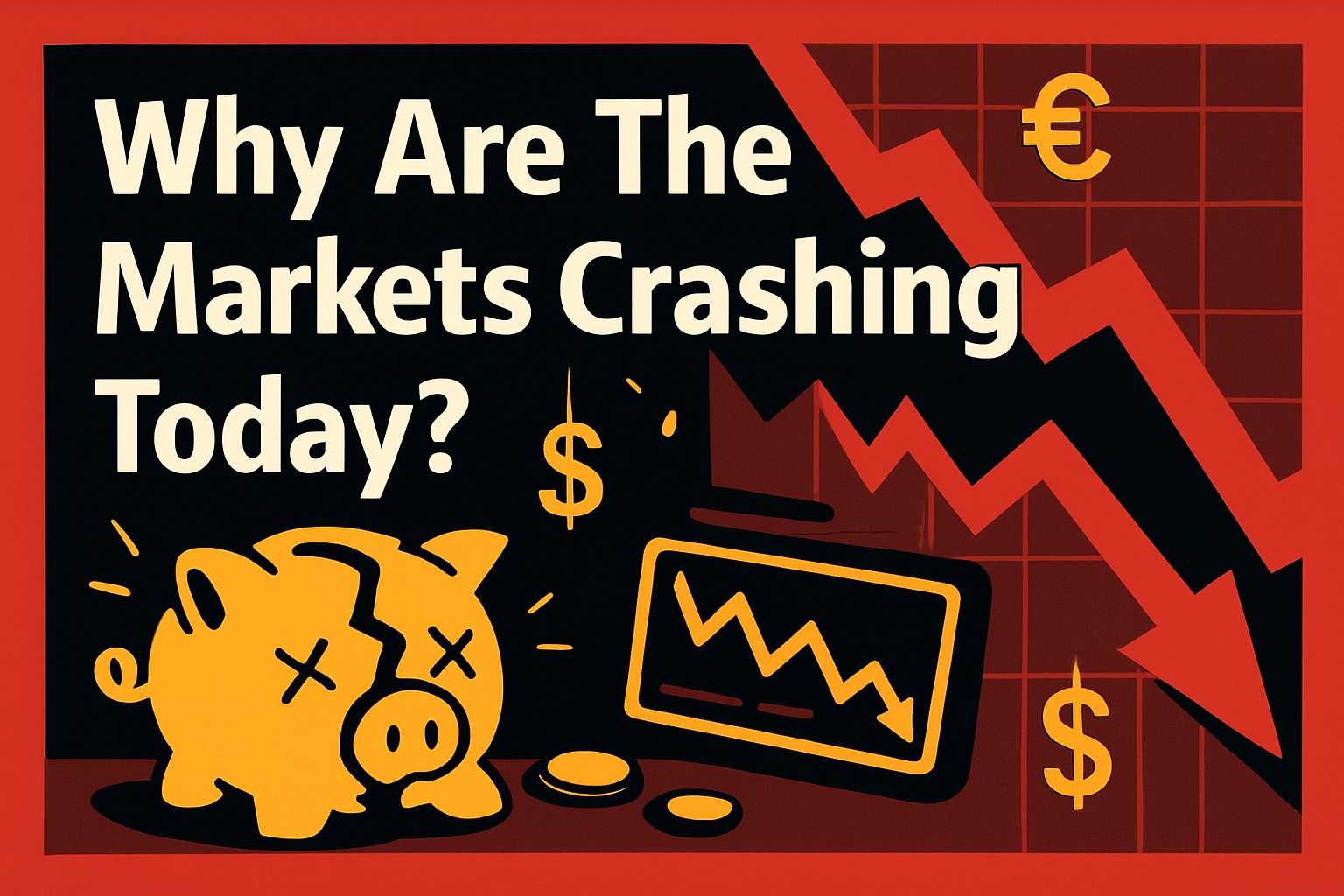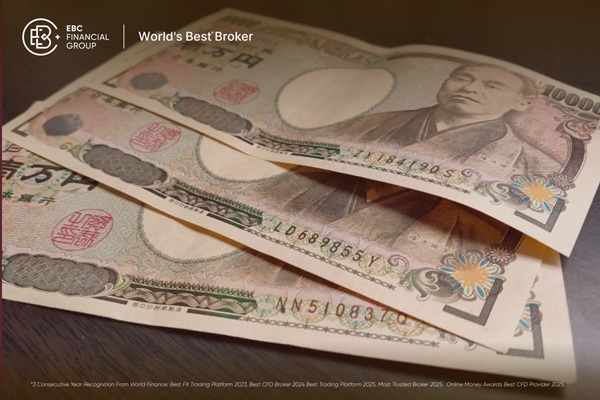Inflation quietly eats away at the value of your money. Over time, the same amount of cash buys you less — whether it's food, housing, or even a cup of coffee. That's why it's important to consider ways to protect your finances. One of the most effective approaches? Investing in assets that tend to grow in value alongside — or even faster than — inflation.
Stocks with Pricing Power
Some companies are better equipped than others to handle rising costs. They can pass these costs on to their customers without losing business, thanks to strong brands or essential products. This is known as pricing power — and it's incredibly useful during inflationary periods.
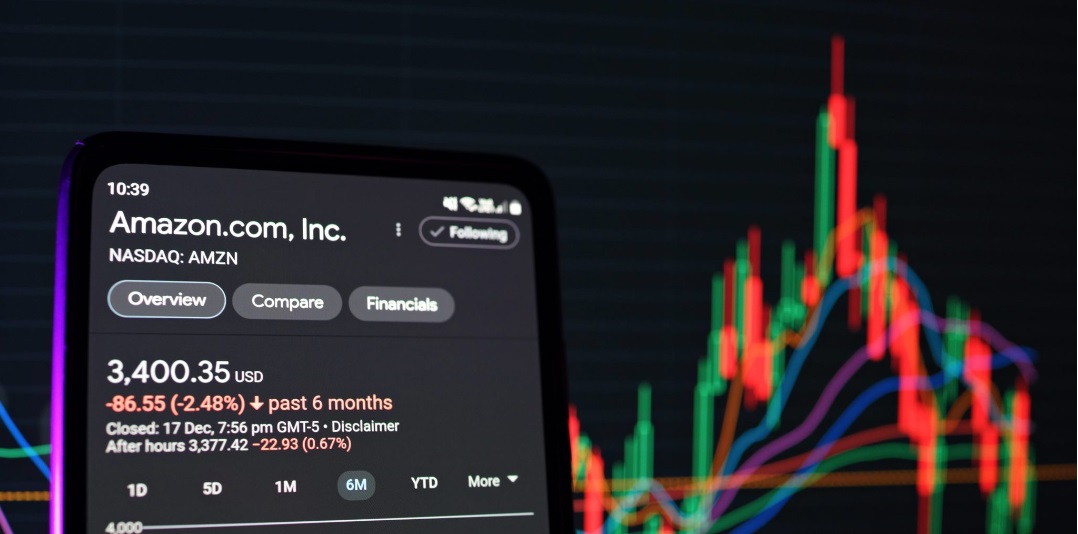
Take consumer staples, for example — things like toothpaste, household cleaners, and groceries. People still need them, no matter how prices shift. Businesses in this space, like major supermarkets or household product manufacturers, often manage to maintain profits even when inflation kicks in. The same goes for sectors like healthcare, where demand stays relatively stable. Investing in these types of companies can provide a level of protection when inflation starts squeezing consumer wallets.
Real Estate Investment Trusts (REITs)
Property has long been seen as a traditional hedge against inflation, and REITs allow you to invest in real estate without actually buying a building. These are companies that own and manage property — whether it's flats, offices, warehouses or shopping centres — and they pay out a large chunk of their income as dividends.

What makes REITs particularly useful during inflation is their ability to raise rents. As the cost of living rises, so does the income these trusts generate. That income is then passed on to investors, often at a rate that keeps up with — or outpaces — inflation. Plus, they're relatively easy to buy and sell on the stock market, offering more flexibility than direct property ownership.
Commodities and Natural Resources
Prices of raw materials — oil, metals, wheat, and so on — tend to rise when inflation does. After all, these are the basic building blocks of the economy. When the cost of goods increases, so does the demand for the stuff they're made from. That's why commodities often perform well during inflationary times.
There are different ways to get involved in this space. You could invest in commodity-focused exchange-traded funds (ETFs), or buy shares in companies that produce natural resources — think oil companies, mining firms or agricultural businesses. These investments can be more volatile, but they also offer strong upside potential when inflation is on the rise.
Infrastructure Investments
Infrastructure might not sound exciting, but it's often where smart money goes during uncertain times. Toll roads, utilities, transport systems, and energy infrastructure are essential services that people continue to use, no matter the economic climate.
 What makes infrastructure particularly attractive in an inflationary environment is that many of these assets have built-in inflation adjustments. For example, a toll road operator might have a contract allowing them to increase charges in line with inflation. That means the income from these investments grows alongside costs, providing a natural buffer against inflationary pressure.
What makes infrastructure particularly attractive in an inflationary environment is that many of these assets have built-in inflation adjustments. For example, a toll road operator might have a contract allowing them to increase charges in line with inflation. That means the income from these investments grows alongside costs, providing a natural buffer against inflationary pressure.
Infrastructure funds — or listed companies in this space — offer a relatively stable way to tap into these benefits, often with reliable dividend income too.
Dividend-Growing Stocks
Finally, consider companies that regularly increase their dividends. These are often well-managed businesses with strong cash flow and a commitment to rewarding shareholders. A growing dividend stream helps your investment income keep pace with rising living costs.
Look for firms with a solid history of increasing payouts over the years — not just high dividend yields, but a consistent upward trend. This is particularly valuable during inflationary periods when static income streams (like savings interest) may fall behind.
Sectors like utilities, healthcare, and consumer goods are often home to these types of companies. They may not be flashy, but they offer something equally important: resilience.
Whether you're investing for the long term or just looking for ways to protect your portfolio from inflation's bite, stocks and real assets offer some of the most accessible and effective tools. They don't just shield you — they also give your money a chance to grow. By focusing on the right mix of companies and sectors, you can build a more inflation-resistant future without needing to be a financial expert.
Disclaimer: This material is for general information purposes only and is not intended as (and should not be considered to be) financial, investment or other advice on which reliance should be placed. No opinion given in the material constitutes a recommendation by EBC or the author that any particular investment, security, transaction or investment strategy is suitable for any specific person.









